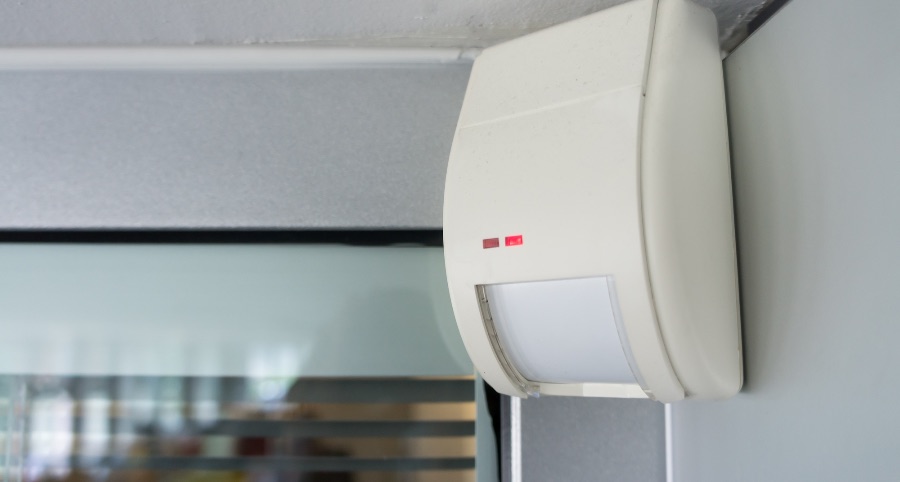How Do Motion Detectors Work In Augusta?

You most likely have a fairly good grasp of what motion detectors do merely based on their title. Of course, they sense activity, but how specifically do they work? Take a moment to explore the technology that powers them and the various sorts of sensors you might encounter. You’ll gain a clearer understanding of how they work and how you can incorporate them into your contemporary smart home.
What is the technology behind motion detectors?
Identifying motion can be achieved in several distinct ways, but motion detectors are ordinarily grouped into either of these two categories - active or passive.
● Active motion detectors: These sensors are deemed active, as they continually broadcast signals like microwaves and then assess the time of response. Movement is shown when the time of response changes. Although microwave sensors are most often found, you’ll also discover active motion detectors that utilize sound waves or infrared light.
● Passive infrared (PIR) motion detectors: Frequently seen within home security applications, PIR motion detectors operate by noticing shifts in the ambient temperature. In essence, the instrument notes what the normal temperature is supposed to be within a specified area. If there are sudden heat increases, like a burglar skulking across the area, the detector recognizes it and initiates your alarm system. Since they don’t continuously emit signals, passive detectors typically use less power and are more economical to operate.
In addition to passive and active, you may encounter hybrid devices that utilize multiple technologies. These can help lessen false alarms, as each sensor must be activated before the alarm system goes off. Other options include vibration motion detectors and tomographic devices that are frequently employed in bigger commercial or industrial spaces.
How to incorporate Augusta motion detectors
The chief aim of motion detectors is to detect motion within a given area, typically as far as 50 feet away. You’ll frequently find them included in outside floodlights or as freestanding devices within the interior of your home. When motion is identified, they’ll initiate your alarm and alert your dedicated monitoring team.
But present-day motion detectors are more versatile than ever before. In fact, they are able to communicate directly with other smart components. For example, they can signal your integrated smart lights to switch on or your video camera to record when activity is noticed. They may even notify your smart thermostat to change the temperature.
Receive automatic alerts and customize settings for furry friends
Another tremendous benefit of modern motion detectors is that you’ll get automatic updates dispatched to your cell phone any time the detector is tripped. If you own house pets, you can even circumvent false alarms by tailoring settings to account for the size of your four-legged friends.
Start Designing Your Vivint Smart Home With Motion Detectors in Augusta
Now that you have a greater understanding of how motion detectors work in Augusta, it’s a good time to include them into your modern smart home. Vivint’s motion detectors watch over big areas, offer wide-angle detection, and last for years without necessitating a battery replacement. They’ll also work in harmony with your other home automation devices. Are you excited to get started? Contact (706) 780-3805 to consult with a knowledgeable Vivint specialist today.